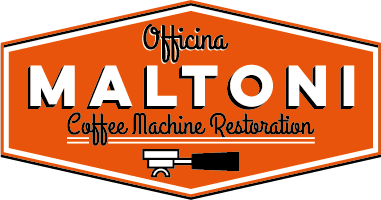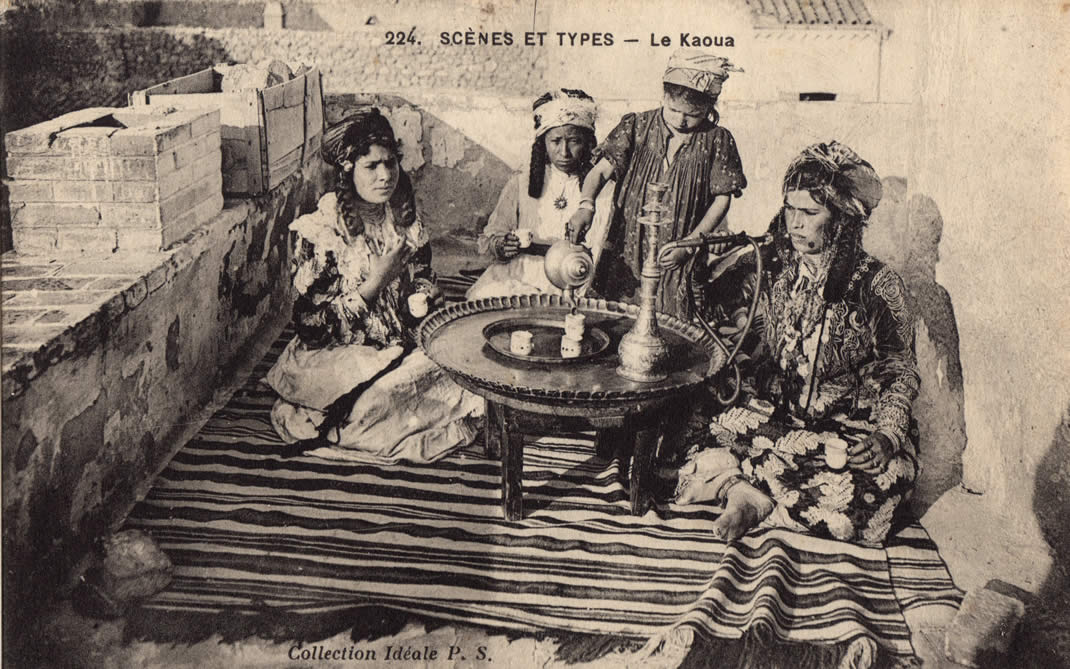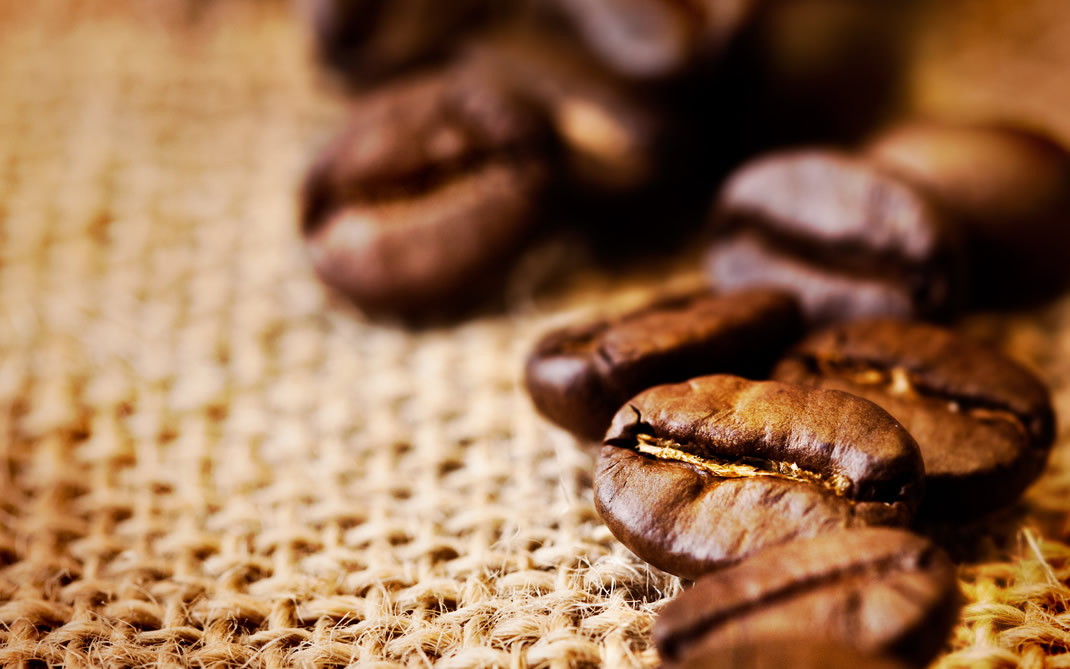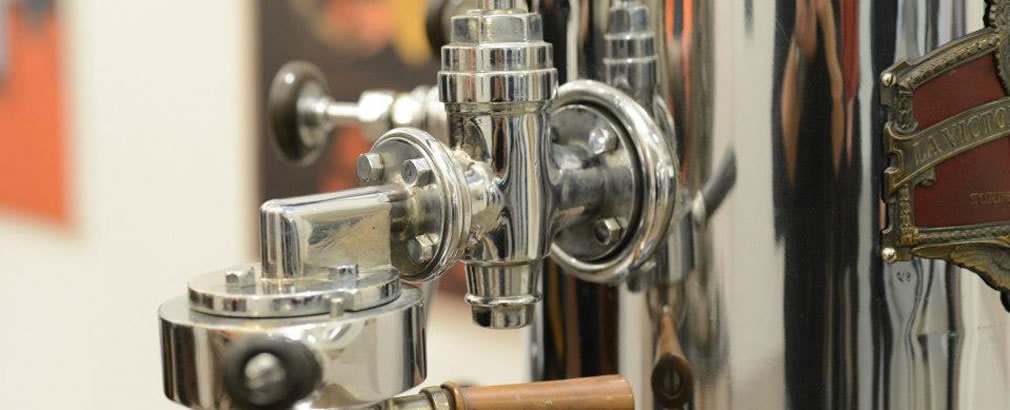Ratios
The first inventors who tried to create coffee makers knew very little about the correct ratios needed to harmonize roasting, grinding, infusion times, temperature and water pressure. It was during the 19th century that anything and everything which could possibly be devised for extracting coffee, as well as the relative machines for home use were designed, patented, built (and subsequently altered) and sold.
As of the beginning of the 19th century, dozens of engineers, tinsmiths and silversmiths but also inventors and housewives throughout Europe competed to develop the 'perfect machine' to produce the best coffee - easy to use, reliable and automated. The various principles of the physics of liquids were applied and experimented with, as well as thermodynamics, vacuum, steam and hydrostatics.
Many ideas and projects remained just that, and never left the paper of the various patent offices. Some proposed solutions which the technology of the time simply could not develop reliably. Other machines included highly complicated equipment, to handle in a bizarre way which, if a mistake were made, could cause the machine to catch fire or explode. Others still simply added useless complications to previous models.
As of the beginning of the 19th century, dozens of engineers, tinsmiths and silversmiths but also inventors and housewives throughout Europe competed to develop the 'perfect machine' to produce the best coffee - easy to use, reliable and automated. The various principles of the physics of liquids were applied and experimented with, as well as thermodynamics, vacuum, steam and hydrostatics.
Many ideas and projects remained just that, and never left the paper of the various patent offices. Some proposed solutions which the technology of the time simply could not develop reliably. Other machines included highly complicated equipment, to handle in a bizarre way which, if a mistake were made, could cause the machine to catch fire or explode. Others still simply added useless complications to previous models.
The various kinds of coffee machine which had some commercial success in their time, and were produced and used in homes for a few decades at least, can be grouped together in the following ten types owing to the system or type of operation used:
Boiling. Known as the Turkish method, the coffee is prepared in a simple pot or jug by boiling water and ground coffee together.
Percolation or filter. Percolation or filter coffee pots are the very first stage in the development of coffee preparation compared with the previous boiling method. Hot water is poured into the coffee maker passing through the ground coffee (percolation) contained in a fabric bag or a fretwork metal basket (filter).
Upside-down percolation. The coffee pot is split into two compartments, lower and upper, joined by the filter containing the ground coffee. The water is brought to the boil in the lower section, after which the coffee pot is turned upside down so the water filters through the ground coffee and into the other compartment.
Pump percolation. The water is pumped upwards to the filter containing the ground coffee. The extracted coffee collects in a separate compartment ready to pour into the cup. This cycle is carried out once only.
Percolation with recirculation pumping. The water is pumped to the surface from the container in order to filter through the ground coffee and collect in the same container again. This process only stops when the heat source under the coffee maker is turned off.
Boiling. Known as the Turkish method, the coffee is prepared in a simple pot or jug by boiling water and ground coffee together.
Percolation or filter. Percolation or filter coffee pots are the very first stage in the development of coffee preparation compared with the previous boiling method. Hot water is poured into the coffee maker passing through the ground coffee (percolation) contained in a fabric bag or a fretwork metal basket (filter).
Upside-down percolation. The coffee pot is split into two compartments, lower and upper, joined by the filter containing the ground coffee. The water is brought to the boil in the lower section, after which the coffee pot is turned upside down so the water filters through the ground coffee and into the other compartment.
Pump percolation. The water is pumped upwards to the filter containing the ground coffee. The extracted coffee collects in a separate compartment ready to pour into the cup. This cycle is carried out once only.
Percolation with recirculation pumping. The water is pumped to the surface from the container in order to filter through the ground coffee and collect in the same container again. This process only stops when the heat source under the coffee maker is turned off.
Piston or filter-press. A few minutes after the ground coffee has been infusing in the boiling water, the filter is pushed down towards the bottom of the coffee maker pressing the coffee downwards to the base and separating the grounds from the drink.
Hydrostatic percolation. Hot water is poured into the central tube of the coffee pot and mixes with the ground coffee contained in the filter at the base, thus using the pressure of the water column. The idea of this system is to give the water greater pressure (than simply the force of gravity of percolation as it passes through the coffee filter) in order to extract all the aromas as efficiently as possible.
Vacuum or depression. The simplest shape is two glass spheres, one above the other. The lower one is ampoule-shaped, the upper looks like a kind of funnel, the long cannula of which, fitted with a filter, is inserted into the lower sphere until it almost touches the bottom. The pressure of the steam makes the water in the lower sphere rise and it mixes with the ground coffee contained in the upper sphere. When the heat source is removed, the air in the lower sphere cools, creating a vacuum which immediately sucks the infusion of coffee from the upper ampoule-shaped sphere through the filter, which blocks the grounds, into the lower one.
Steam pressure ('long' espresso). In steam pressure coffee pots, the strength of the steam (pressure) forces the hot water to filter through the compressed ground coffee in the filter, whilst in previous percolation systems the only 'strength' was that of gravity.
Piston or pump pressure (strong espresso). In this kind of machine, the hot water is forced to filter through the ground coffee compressed in the filter using the strength of a lever piston or pump.
Hydrostatic percolation. Hot water is poured into the central tube of the coffee pot and mixes with the ground coffee contained in the filter at the base, thus using the pressure of the water column. The idea of this system is to give the water greater pressure (than simply the force of gravity of percolation as it passes through the coffee filter) in order to extract all the aromas as efficiently as possible.
Vacuum or depression. The simplest shape is two glass spheres, one above the other. The lower one is ampoule-shaped, the upper looks like a kind of funnel, the long cannula of which, fitted with a filter, is inserted into the lower sphere until it almost touches the bottom. The pressure of the steam makes the water in the lower sphere rise and it mixes with the ground coffee contained in the upper sphere. When the heat source is removed, the air in the lower sphere cools, creating a vacuum which immediately sucks the infusion of coffee from the upper ampoule-shaped sphere through the filter, which blocks the grounds, into the lower one.
Steam pressure ('long' espresso). In steam pressure coffee pots, the strength of the steam (pressure) forces the hot water to filter through the compressed ground coffee in the filter, whilst in previous percolation systems the only 'strength' was that of gravity.
Piston or pump pressure (strong espresso). In this kind of machine, the hot water is forced to filter through the ground coffee compressed in the filter using the strength of a lever piston or pump.
“What MUMAC means to me is that an 18 year old’s dream which began in a small open air market has come true and still lives on today.”
Enrico Maltoni, Collector
Enrico Maltoni, Collector

© Collezione Enrico Maltoni | All rights reserved
P.Iva 03157790407 Privacy & Cookie Policy - Cookie preferences
info@espressomadeinitaly.com
P.Iva 03157790407 Privacy & Cookie Policy - Cookie preferences
info@espressomadeinitaly.com
Credits TITANKA! Spa








 (0)
(0)















